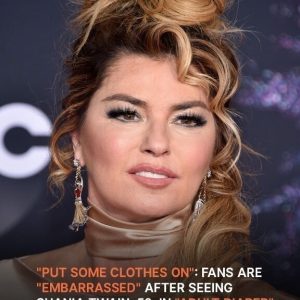The creation of esthetic items, like facial prostheses for cancer survivors, raises questions explored by Gaut. These prostheses, often overlooked as art, are unique works carefully crafted to blend seamlessly with the patient’s features, providing a lifelike appearance. Addressing Gaut’s questions, moral beauty is found in the prosthesis’ purpose: concealing disfigurements to spare patients from negative reactions. This pragmatic approach, distinct from traditional art, serves a noble cause—alleviating suffering.
Examining if the work imparts knowledge, those aware can glean insights into human facial anatomy and appreciate the craftsmanship behind the prosthetic. The prosthesis, meeting Gaut’s fourth criterion, achieves both moral and aesthetic goals. It not only comforts the patient but also enhances facial aesthetics, promoting a positive response. Finally, the prosthesis, by averting discrimination against facial injuries, exemplifies how art can inspire ethical behavior. In this overlooked realm, esthetic items like prostheses showcase art’s capacity to transcend traditional boundaries and serve humanity.





